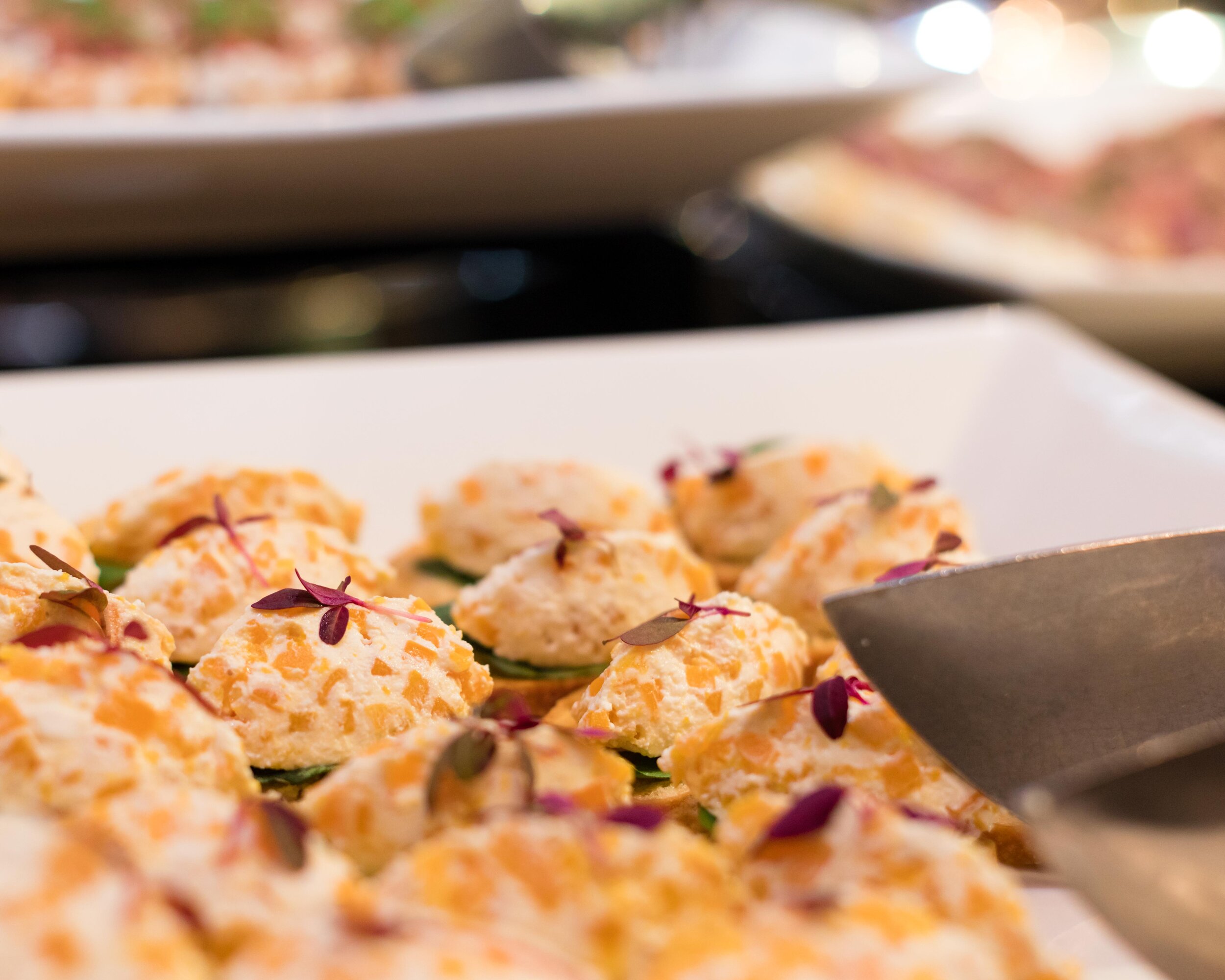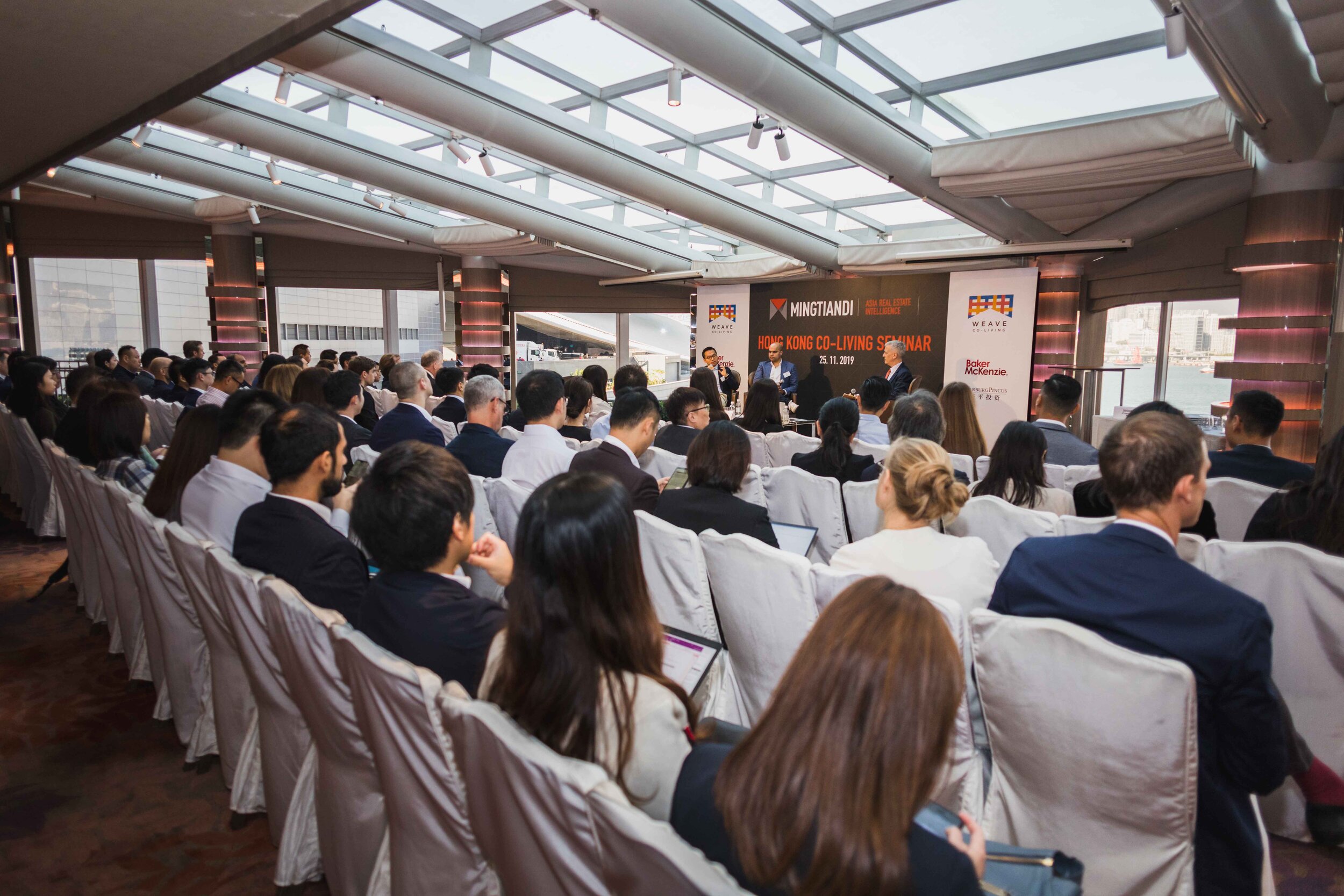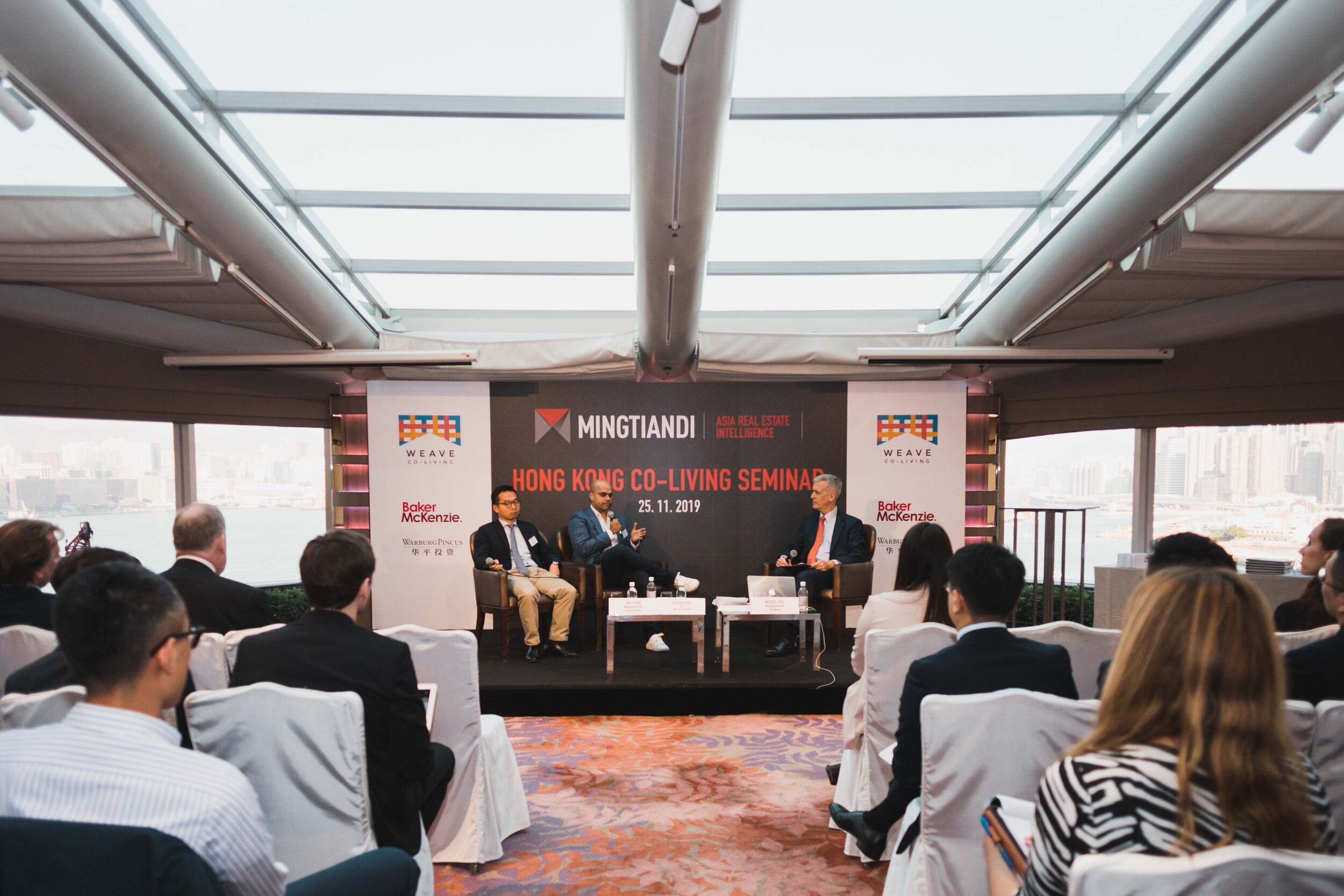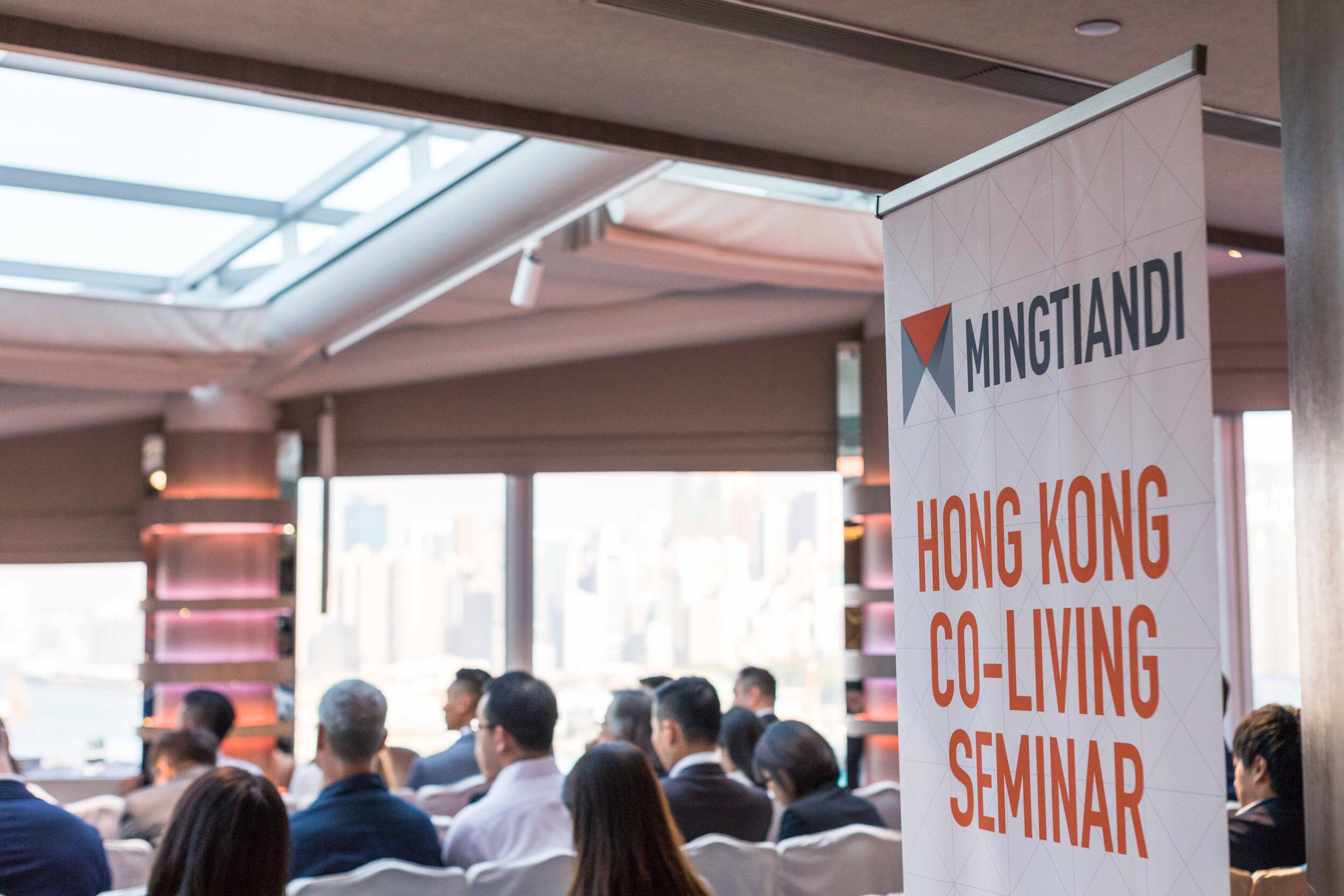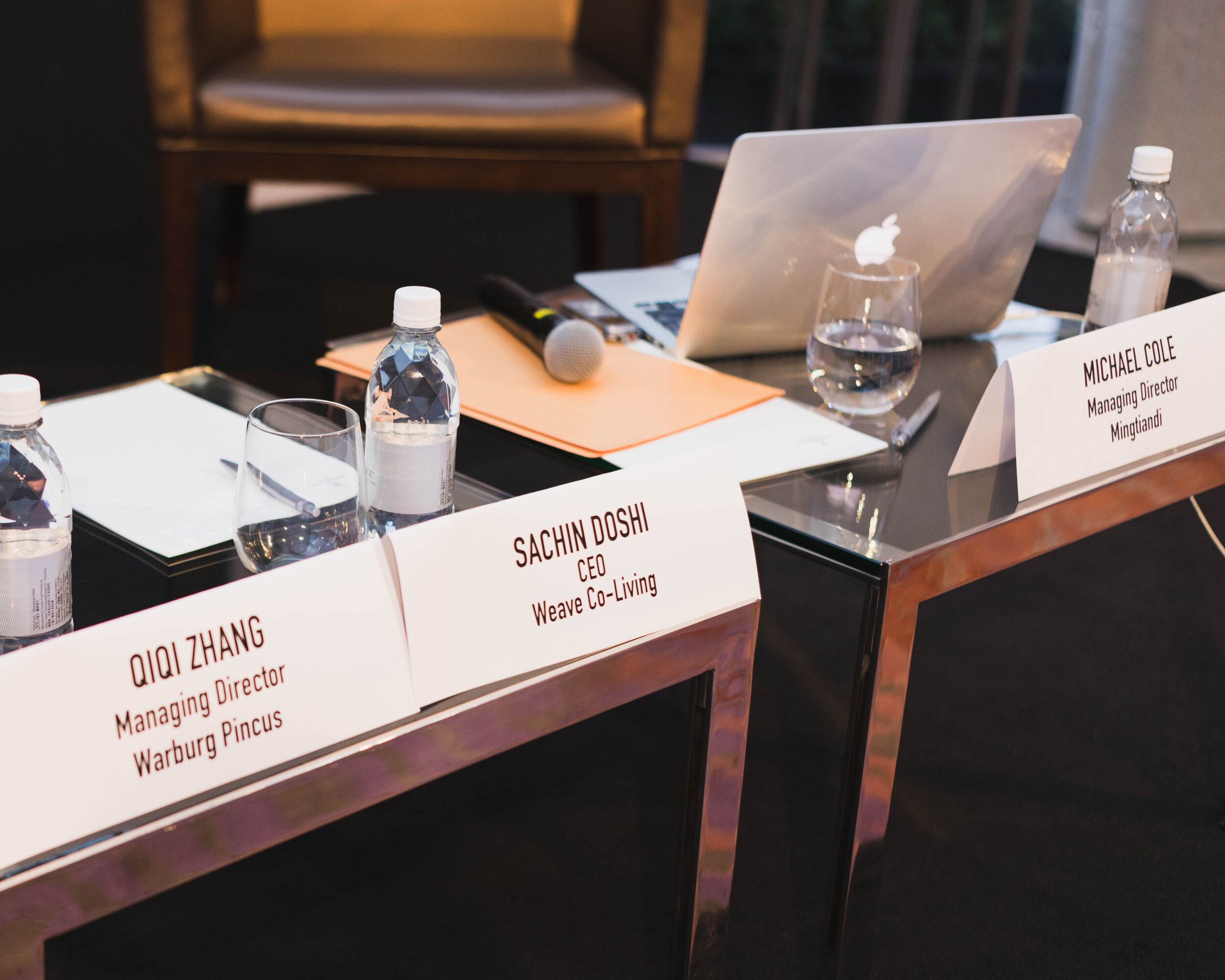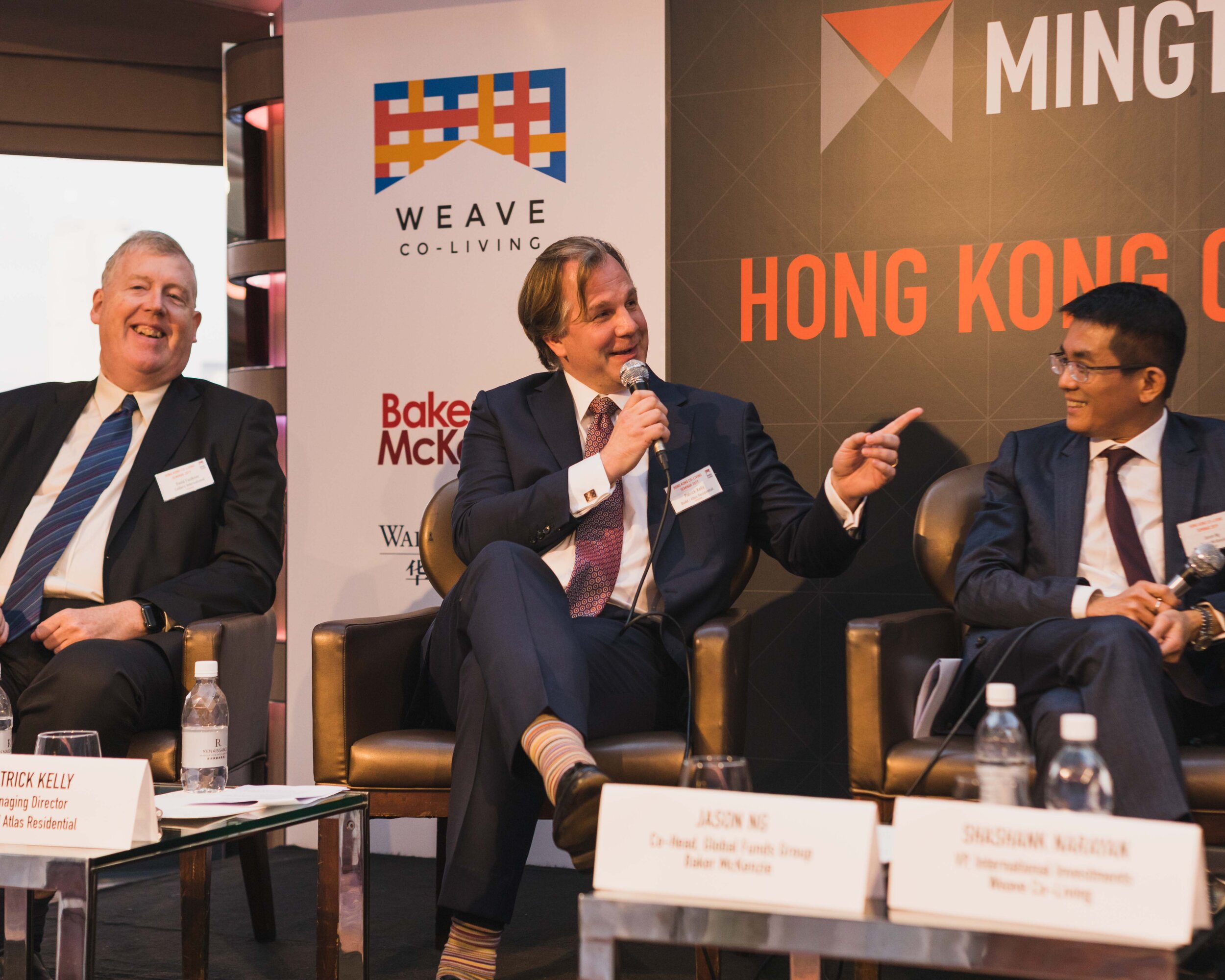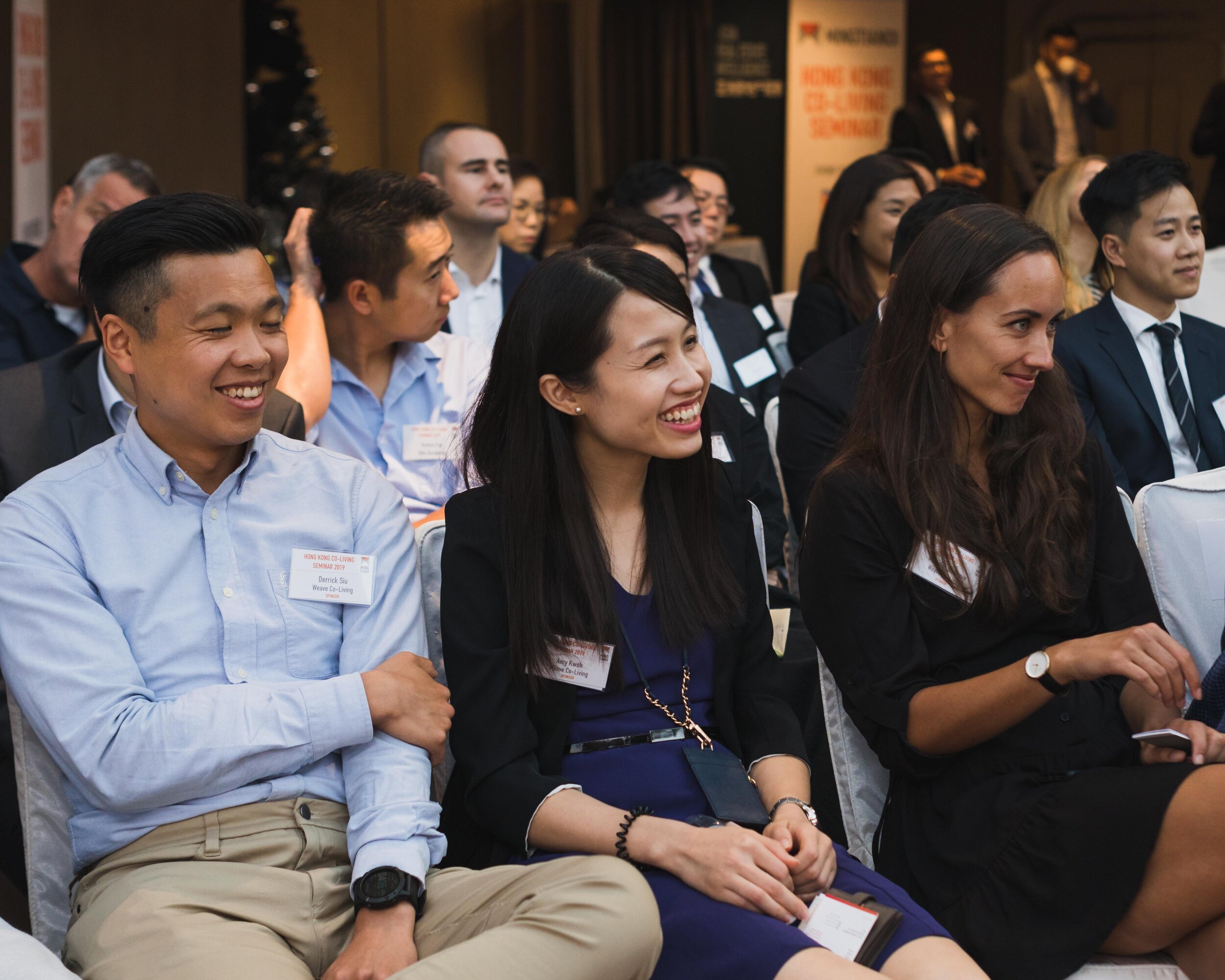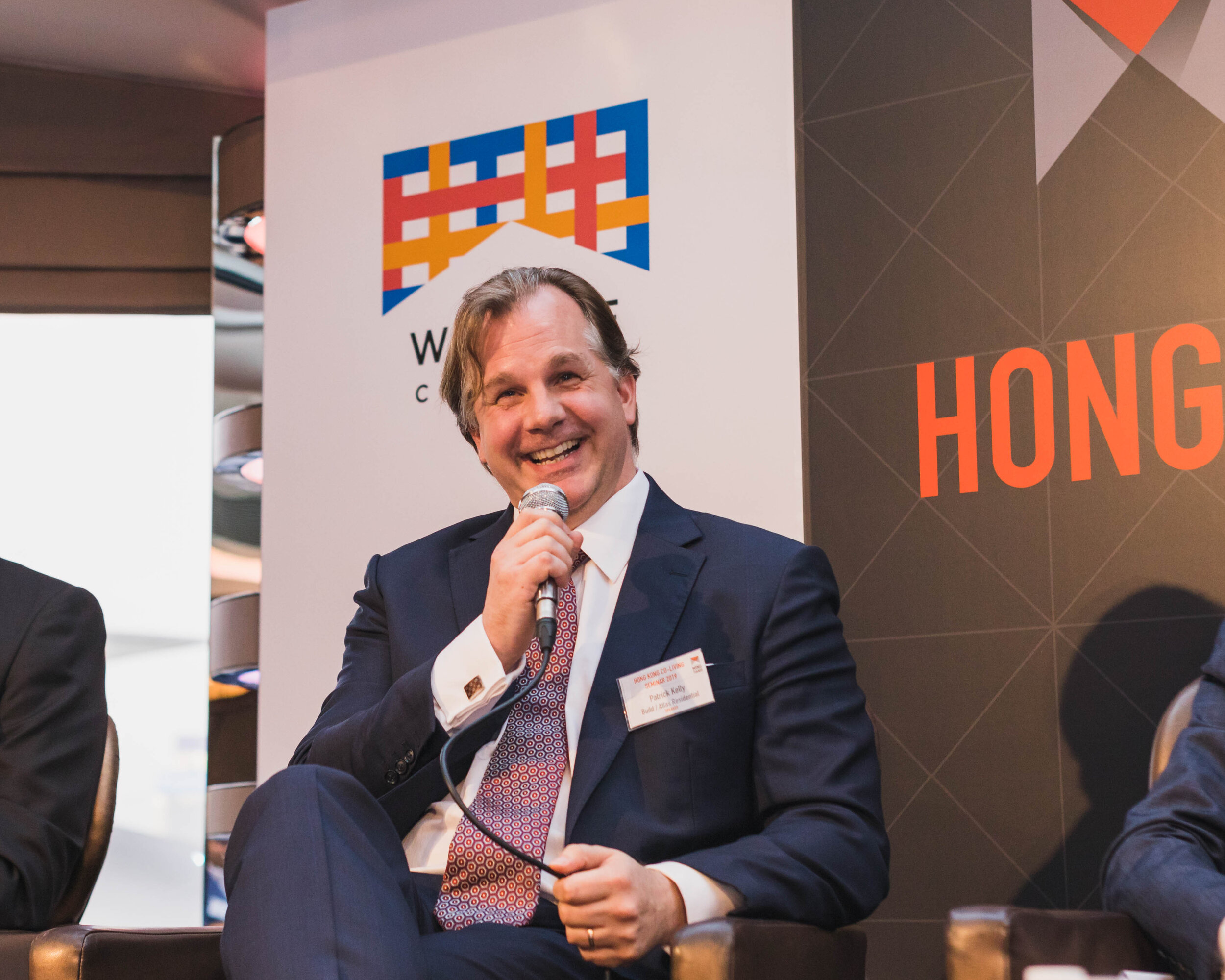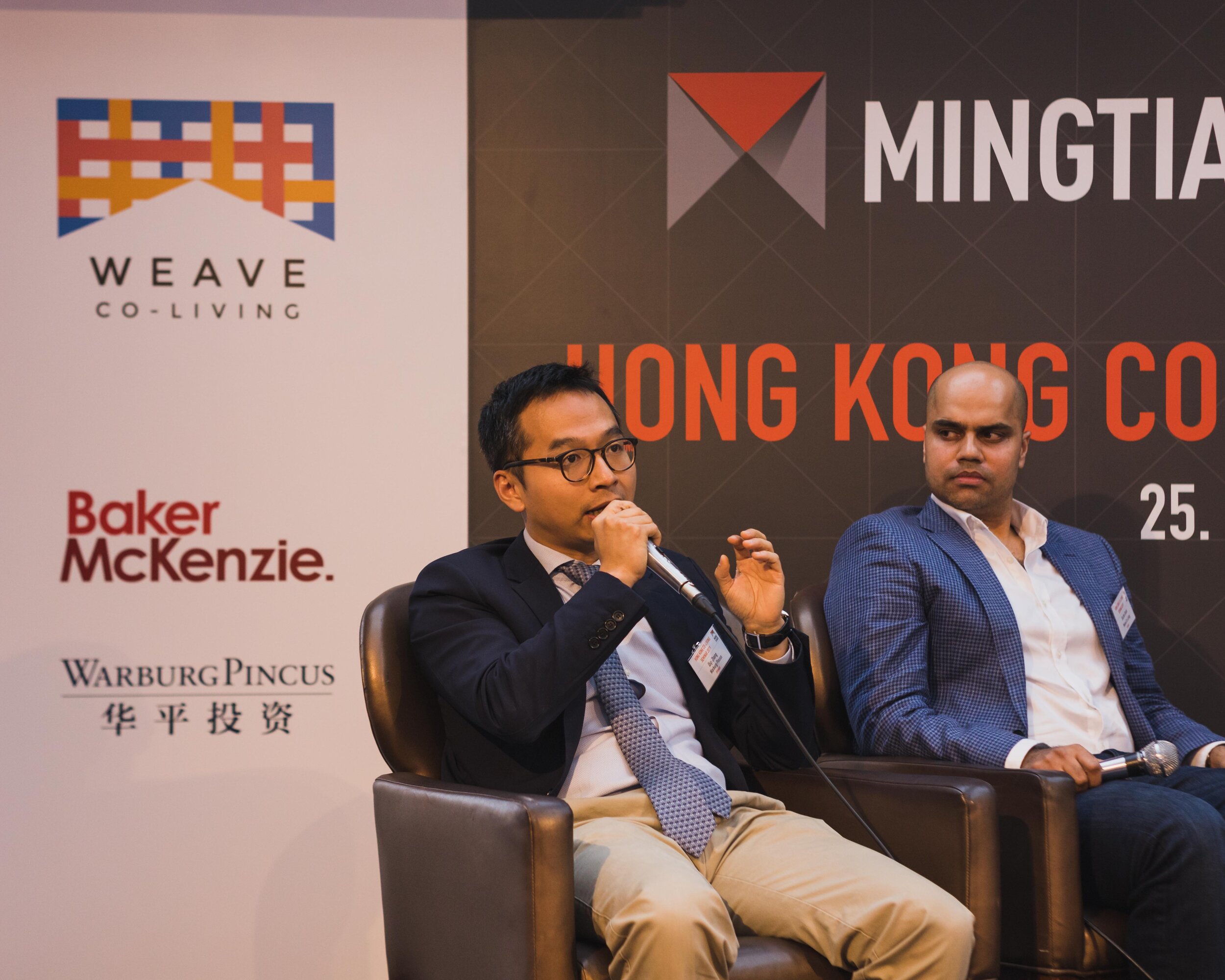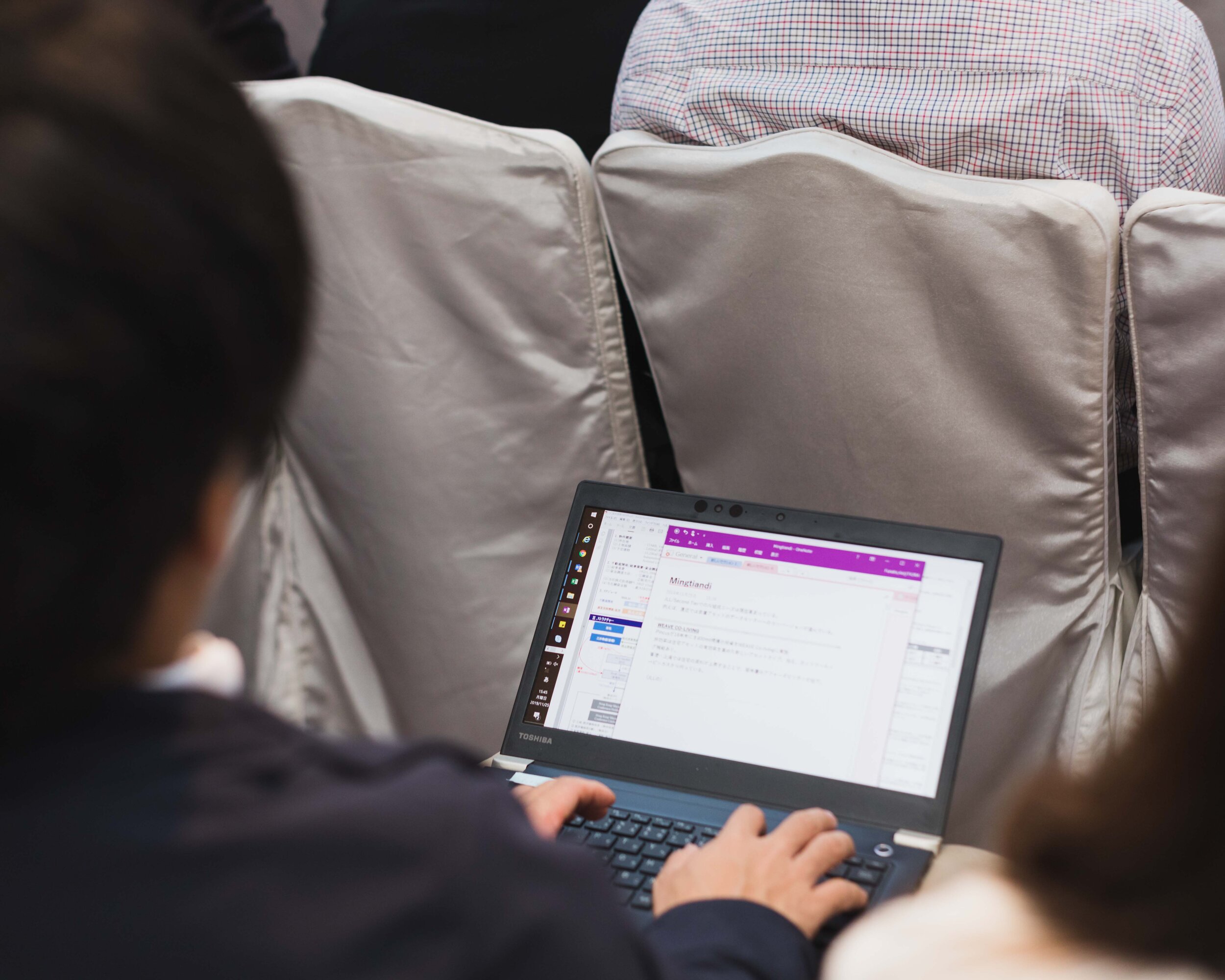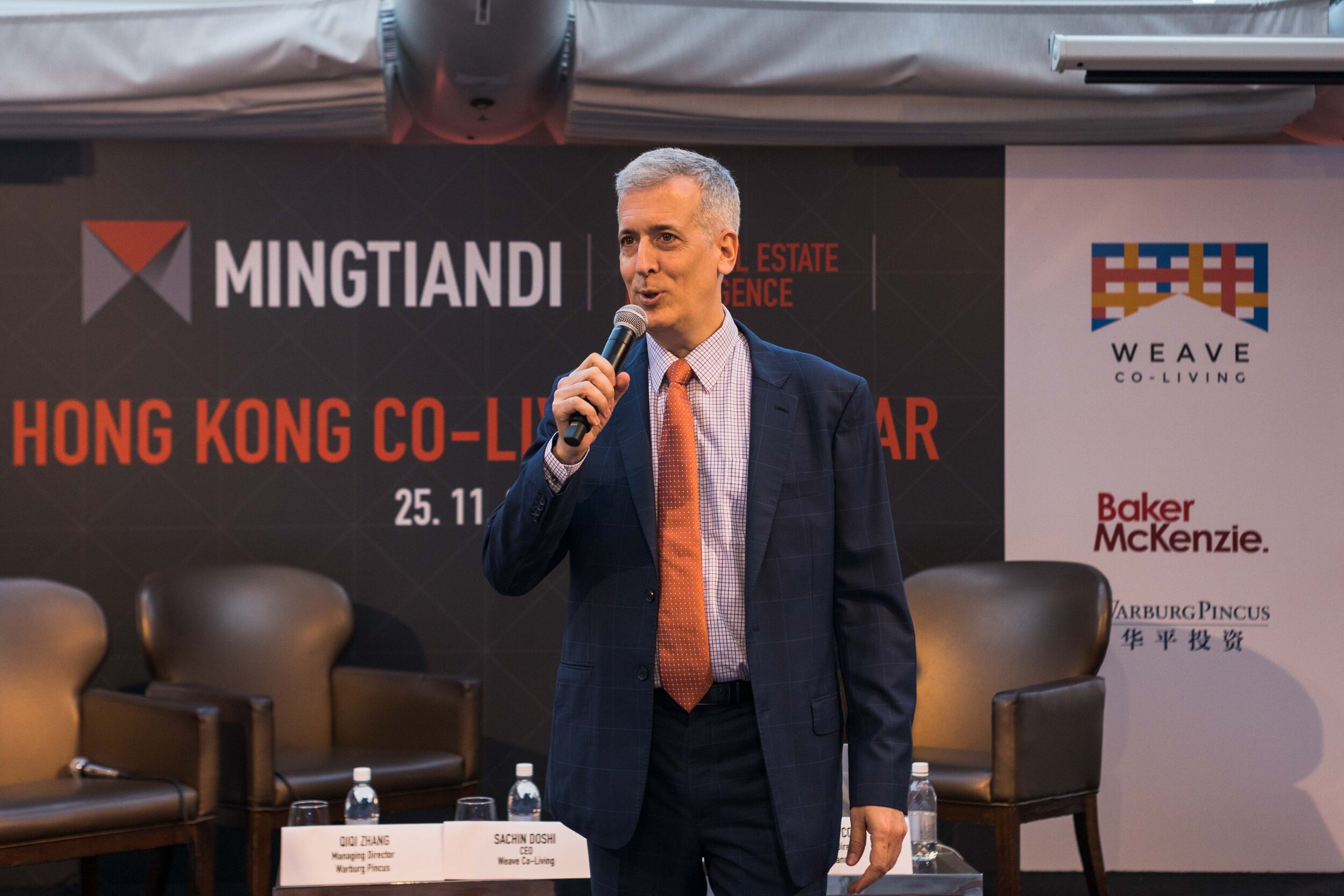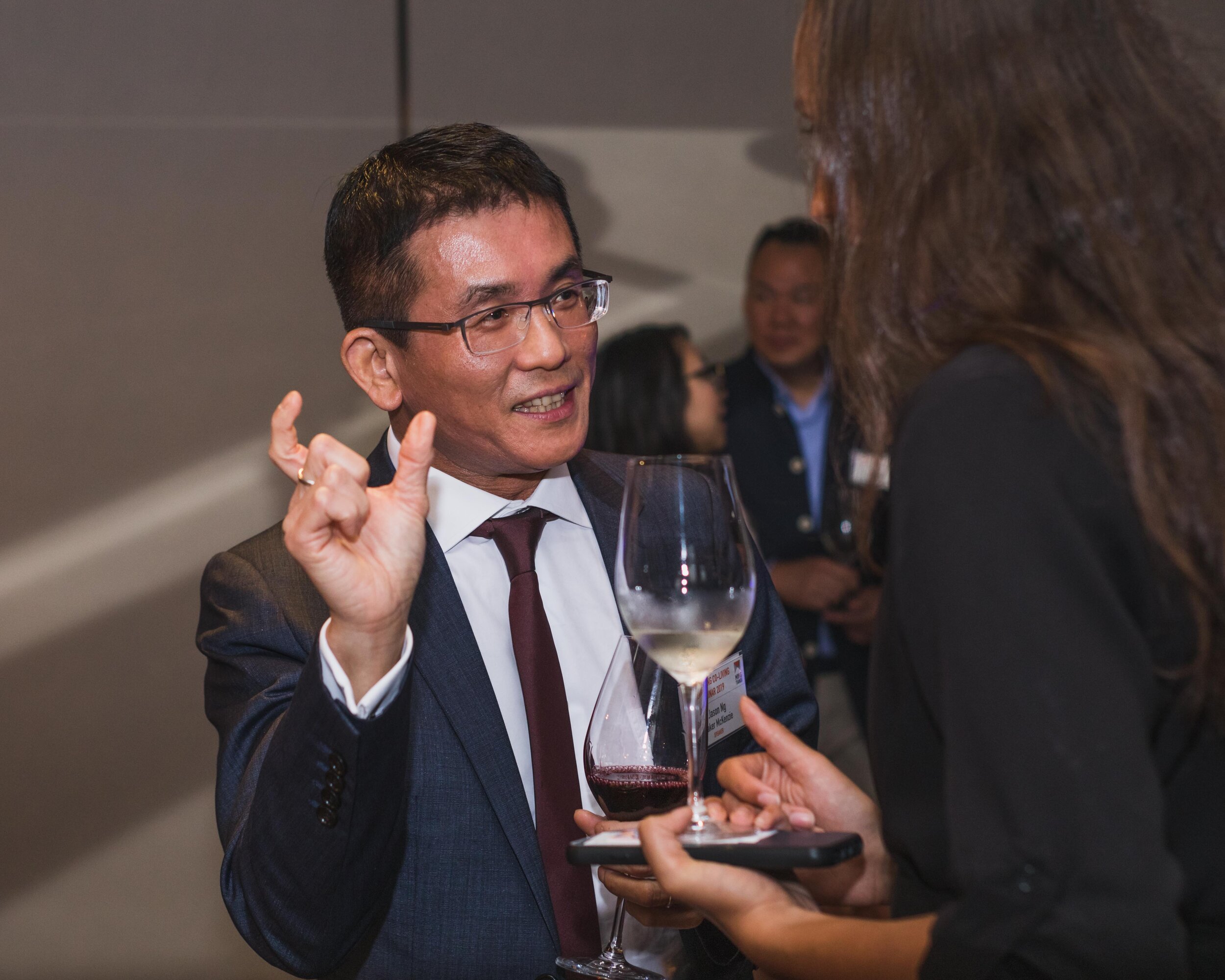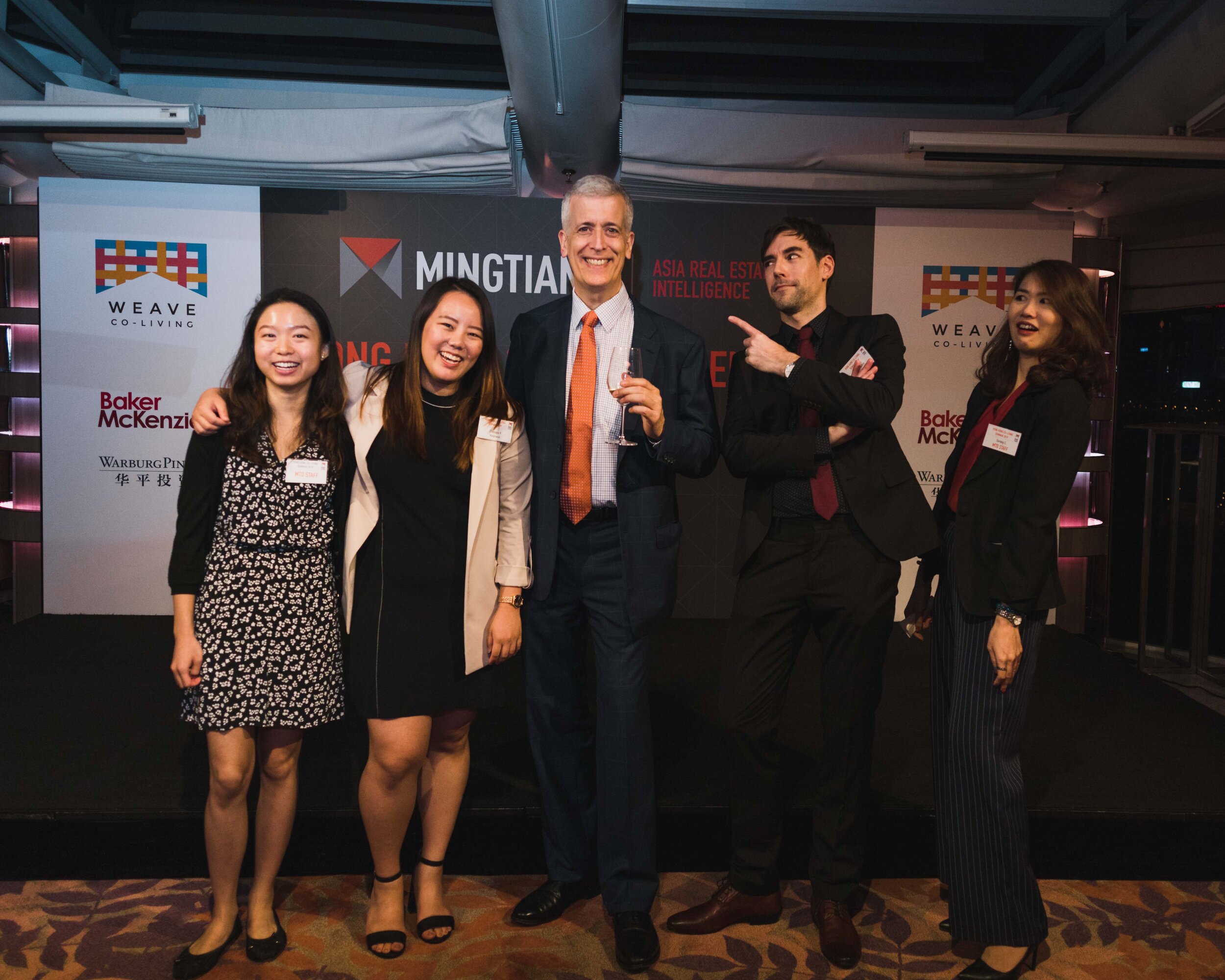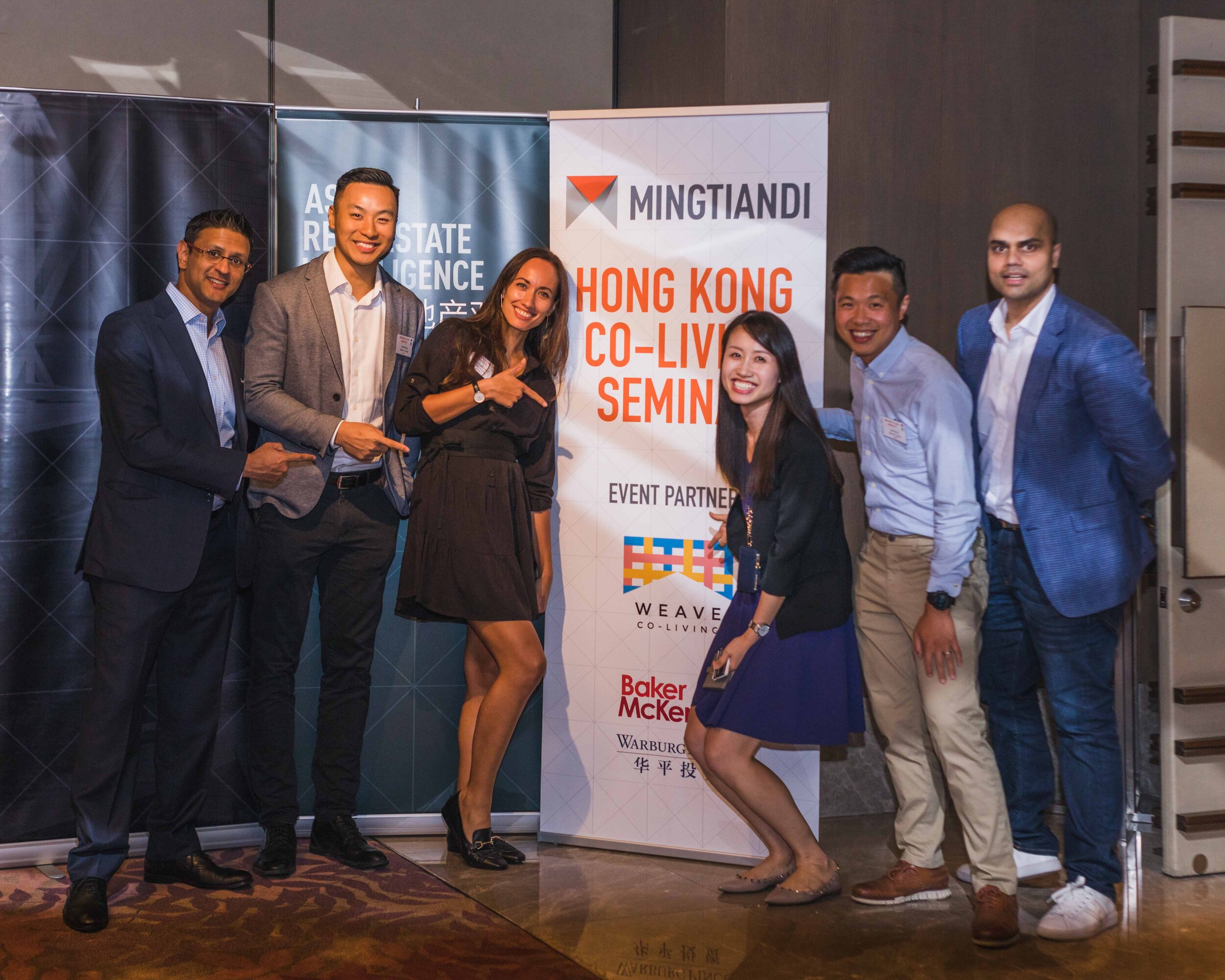As photographers, your job is mainly to take good photos and serve your clients well.
Therefore, there isn’t really a dress code that applies across all genres of photography - most photographers in fact show up to photoshoots in rather casual clothes.
It would be beneficial though, if you could dress in a way that enhances your ability to work efficiently and capture great shots.
Here are a list of factors that you can consider in deciding what to wear to a client photoshoot, categorised into event, outdoor and studio photoshoots.
For event photography, it depends on whether you adopt a documentary or interactive approach; for the former, wearing neutral tones is essential in reducing intrusion to the candid moments. For outdoor shoots, pay attention to temperature, sunlight intensity, your working environment and pick clothes that allow you to stay dry and flexible throughout the shoot. For studio shoot, you can go for outfits that has more of your personality and also look professional.
If you find this helpful, SUBSCRIBE to my channel via the box on the left to make the most out of my blog! Also, do share it with people who might be interested. Shoot me an email/ DM to share your thoughts too.
Also, Pin this article to your Photography Business/ Photography Inspiration boards in Pinterest if you find it helpful!
Event Photography
What to wear when doing event photography very much depends on the type of photographer you are.
Based on what I have observed of fellow photographers, I have identified two contrasting approaches to event photography - documentary and interactive.
Find out which category you fit into, and you will work out the rationale for going for the recommended dress style.
Documentary Approach to Events - Wear Neutral Tones
By neutral tones, I am not only speaking of the colour of the outfit but, in a wider sense, attire that doesn’t draw much attention to you as the photographer.
Adopting the documentary approach, you are more interested in capturing the candid moments without interrupting the scene.
In order to catch the participant’s emotions and actions in an event, you will need to get up close. This allows you to catch fleeting facial expressions and gestures so that you could translate the spirit of the group into photographs.
To be able to get up close without people noticing you and thus reacting differently requires you to be invisible, which is in part hinged on your efficiency and accuracy as a photographer, but this can be helped by wearing dull colours and even ‘unstylish’ styles.
Learn from the best - watch how famous documentary photographer Ed Kashi captures raw, emotive and impactful moments by being invisible to the crowd in action.
Interactive Approach - Dress like the Members of the Group
Using your common sense, you should already be able to get a feel of what attire is expected of the participants based on what the event is titled. When unsure, the event host will always be happy to let you know what to wear if you do ask.
Once you have found out what the group is likely going to wear, wear the same; where doing so hinders your ability to photograph, feel free to step it down as long as you still fit in.
For instance, you can excuse yourself from shooting an outdoor wedding during summer in full suit, lest you get soaked thoroughly in your suit and emit a terrible scent on the couple’s big day. What you can instead wear is a casual shirt, because it takes the form of a shirt so that you don’t look out of place, but it is much more manageable under hot and humid weather.
Here is an example from me shooting a corporate speakers event - participants appeared in mostly suits.
But I knew I was going to sweat quite a bit if I had gone in with my blazer too.
So I dressed down slightly and went with a casual shirt with black pants.
The significance of dressing in conformity with the group’s agenda enables you to be identified as an ‘in-group’ at the first glance, which is essential for making instant connections and getting people comfortable in front of your camera.
If you would like to shoot semi-staged shots as the photographer, you will need the ability to walk up to people, open conversations and eventually get them to look naturally happy in the photos(in most situations this is your goal).
Dressing to fit brings you halfway there!
Outdoor Photography
When an occasion arises in which you have to shoot outdoors, the primary consideration in relation to clothing is more about ensuring your physical well-being.
We are less able to control outdoor conditions and there is always a substantial chance that you will have to shoot under unfavourable conditions.
In order to execute your creative direction properly, your clothing plays a huge role in keeping yourself sane and functional.
Temperature
Photoshoots, especially long and complex ones, are totally a sport.
No, I am not exaggerating at all - my muscles ache from tire after every full-day shoot.
As the photographer, not only do you carry your camera(s) and hold them for hours straight, but you transport all your gear in a suitcase, assemble and dissemble light stands and soft boxes, fix the model’s clothing or posing, and you climb up and squat down to find the best angles - for as long as the shoot lasts.
To sustain yourself through such intense and extensive physical activity, it is of utmost importance that you wear clothes that keep your body in an optimal temperature. You can’t possibly give your best while overheated and irritated, nor can you perform well while shivering and icy cold.
Your crew can feel your energy - if you are not feeling fine physically, it translates into mental energy and emotions, which are contagious to the people around. The effect your choice of dress has on your resulting production seems subtle, yet it is not to be overlooked!
Coverage
This is important to keep you from injury. Cover as much skin as the situation allows to minimise sunburn.
We photographers get into the job and forget everything else - the sun might not seem fierce when you started shooting, but once you got into what I call a ‘photography trance’, you are so into getting the perfect shot that you totally wouldn’t notice the sun coming out.
And before you know it, your exposed skin started growing red and every touch hurts. Sometimes your camera straps scratch against it, sometimes your own clothes, sometimes your camera bag.
Again, how could you expect to be at your best when your body’s largest organ, the skin, is aching and burning?
Treat your body well, and you will be able to do amazing things with it.
Flexibility
When shooting outdoors, you will have to work under spatial constraints.
I have previously shot on steep slopes, narrow stairs, bushes, in wet markets… all sorts of crazy locations, you name it.
To get the shot, be ready to hold the weirdest postures and climbing up furniture you find in your surroundings. This means you will need clothing that allows you to be flexible.
Avoid overly tight garments and pieces that are not meant to be bent; also avoid inflexible shoes.
Look at that posture of mine - think of this photo whenever you are about to get dressed for an outdoor shoot. If you can’t do this in what you were planning to wear, drop it.
Studio Photography
When shooting in a studio, or indoors more generally, you have better control over your working conditions, and therefore can afford to accord more importance to your personal style.
Personality
Let your personality shine through - as I have repeatedly harped on this - it is your personality that gets you booked over and over again, not necessarily the quality of your work.
I teach this in greater detail in my earlier article “The Art of Promoting and Selling for Photographers”, in which I analysed the market dynamics and break down what clients are actually looking for in hiring a photographer.
In a nutshell, photography is pretty much a commoditised industry - everyone can more or less do the job, and being able to deliver is something most people take for granted.
To make yourself irreplaceable, this is where your personality comes in.
What you wear therefore contributes towards your branding as a photographer - are you a free-spirit? Of a bold character? Neat and efficient?
Boil down your personal brand into not more than 3 adjectives, and wear things that correspond to this combination of words.
Summary
In this article, we talked about the dress code and styles for:
Event Photography, both documentary and interactive approaches;
Outdoor Photography, and
Studio Photography
More sharing coming soon!
SUBSCRIBE via the box on the left for more PRO tips, and follow me on Instagram (@_bjiao__) and let me know what you think in the comments!
Share this article on Pinterest too!
Keep shooting, keep creating!
The mission of this blog is to provide the best insider information in the photography industry, as openly as possible. You have direct access to my
first-person experience as an aspiring photographer who talks, but also works.
Honest opinion are rarely available as public resources because this is a competitive industry. Huge sums are made when such information is delivered in the form of mentorship and workshops.
This blog is a great way in which I cover my daily expenses, but also provide real value.
If you have learnt something that would be worth at least $10, please consider donating to the page. This enables me to keep creating content and helping more people sustainably.
Your continued support for the blog is appreciated!

